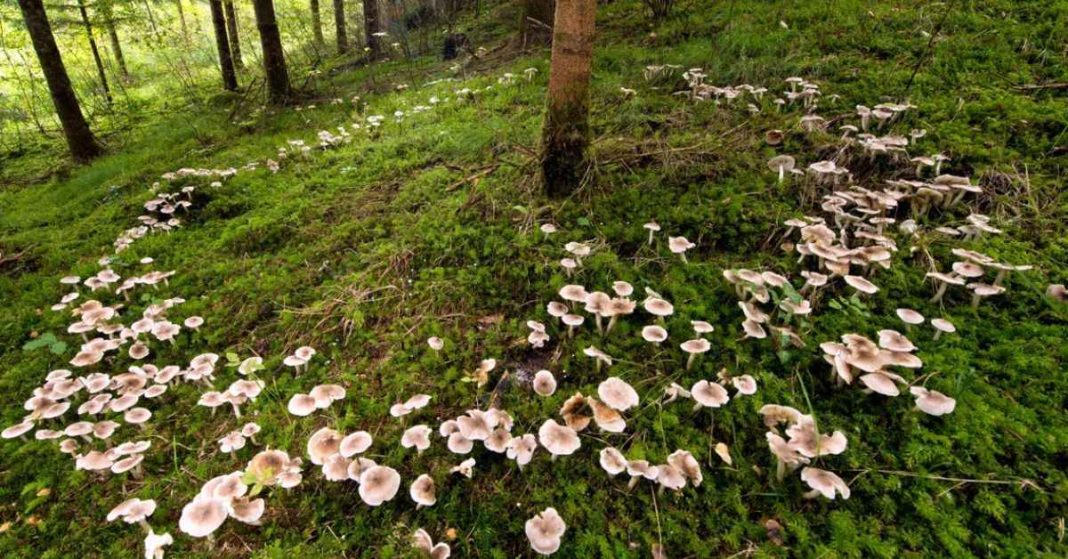New research shows that over 90% of the planet’s mycorrhizal fungi hotspots remain outside protected areas, raising alarms among ecologists and conservationists. These fungi, vital for nutrient cycling, carbon sequestration, and plant vitality, have long been overlooked in environmental policies. To spotlight their ecological importance, the Society for the Protection of Underground Networks (SPUN) has developed a groundbreaking digital atlas charting their global presence—paving the way for these hidden allies to gain rightful recognition in conservation strategies.
Mycorrhizal Fungi: Silent Architects of Ecosystem Health
Living in symbiosis with more than 80% of all plant species, mycorrhizal fungi are foundational to plant and soil health. They assist in the absorption of key nutrients like phosphorus and help plants thrive under diverse conditions. More impressively, they capture and store an estimated 13 billion tonnes of carbon dioxide annually—equivalent to nearly a third of global fossil fuel emissions. These organisms are indispensable for sustaining ecosystem resilience and climate stability.
SPUN’s Underground Atlas: A Game-Changer for Soil Conservation
To bridge the knowledge gap, SPUN has introduced the “Underground Atlas,” the most comprehensive map of fungal networks ever created. Using over 25,000 geolocated soil samples and more than 2.8 billion DNA sequences from 130 countries, the atlas employs machine learning to predict diversity hotspots of two key types: arbuscular mycorrhizal (AM) and ectomycorrhizal (EcM) fungi. This high-resolution mapping reveals biodiversity hotspots across various ecosystems—from tropical rainforests and savannas to boreal and temperate forests.
Where the Fungi Thrive: Mapping the Global Hotspots
- AM fungi dominate regions such as the Brazilian Cerrado, Southeast Asia’s tropical forests, and West Africa’s Guinean forests.
- EcM fungi, on the other hand, are more prevalent in northern forests—including Siberia, Canada, the western U.S., and Central Europe.
These fungal networks are critical to forest ecosystems, enhancing nutrient flow and playing a major role in long-term carbon storage.
A Glaring Conservation Gap
Shockingly, most of these hotspots exist beyond the boundaries of protected areas, leaving them vulnerable to agriculture, deforestation, and land degradation. Soil biodiversity, including fungi, is frequently excluded from mainstream conservation efforts. There is a growing call to incorporate fungal diversity into climate change mitigation and biodiversity frameworks.
FAO’s Push to Protect Soil Life
Recognizing this gap, the Food and Agriculture Organization (FAO) established the Global Soil Biodiversity Observatory (GLOBSOB). This global monitoring system assesses soil health using chemical, biological, and genetic indicators. Through initiatives like the Global Soil Partnership, FAO is advocating for the inclusion of soil organisms in sustainability planning, connecting soil health to food systems and climate resilience.
Technology Leads the Way in Soil Fungal Mapping
Recent advances in metagenomic sequencing and AI-driven data analysis have revolutionized how scientists explore underground ecosystems. By combining large-scale DNA data with machine learning algorithms, researchers can pinpoint critical areas for restoration and conservation. These tools are proving indispensable in guiding environmental strategies and protecting the very fungi that sustain life above ground.



